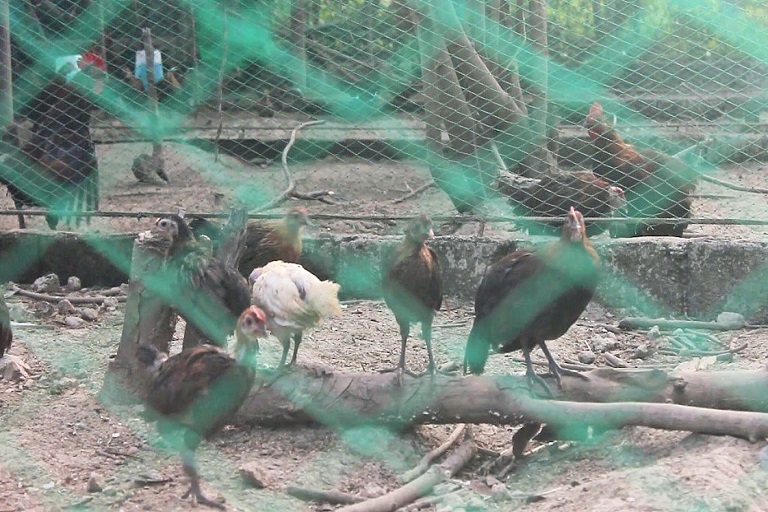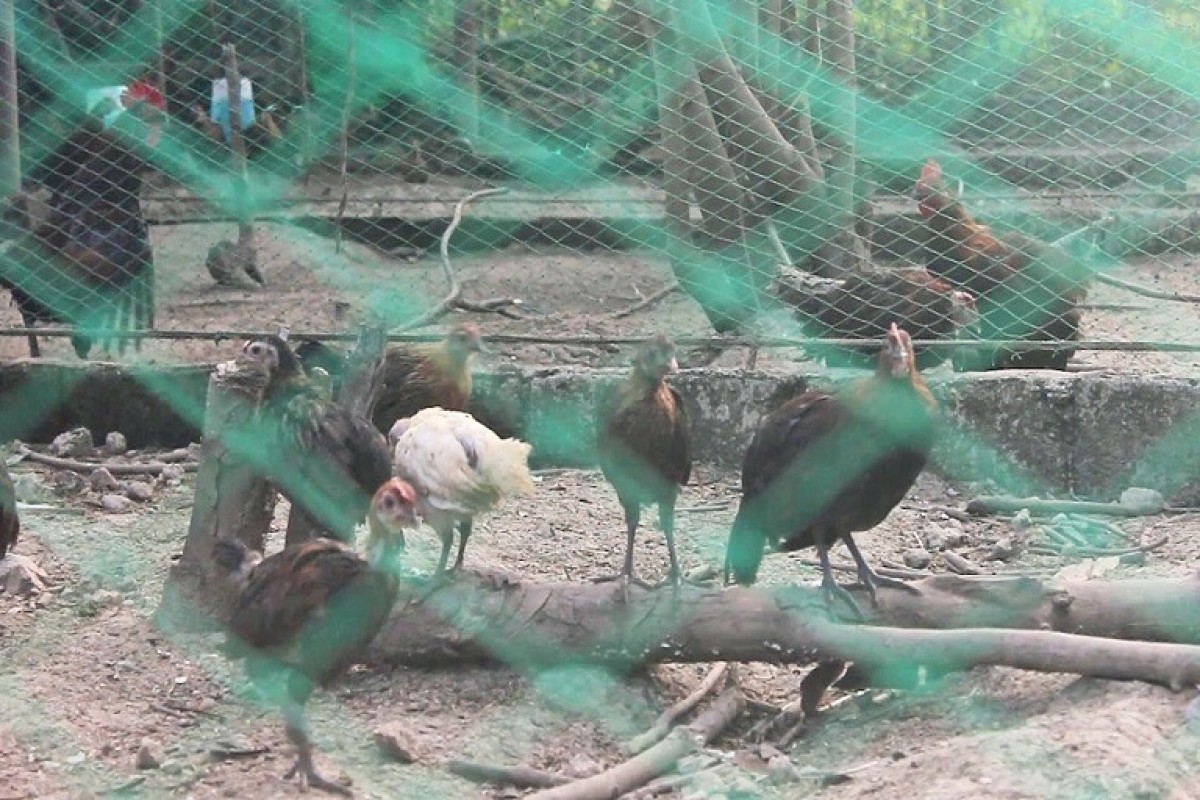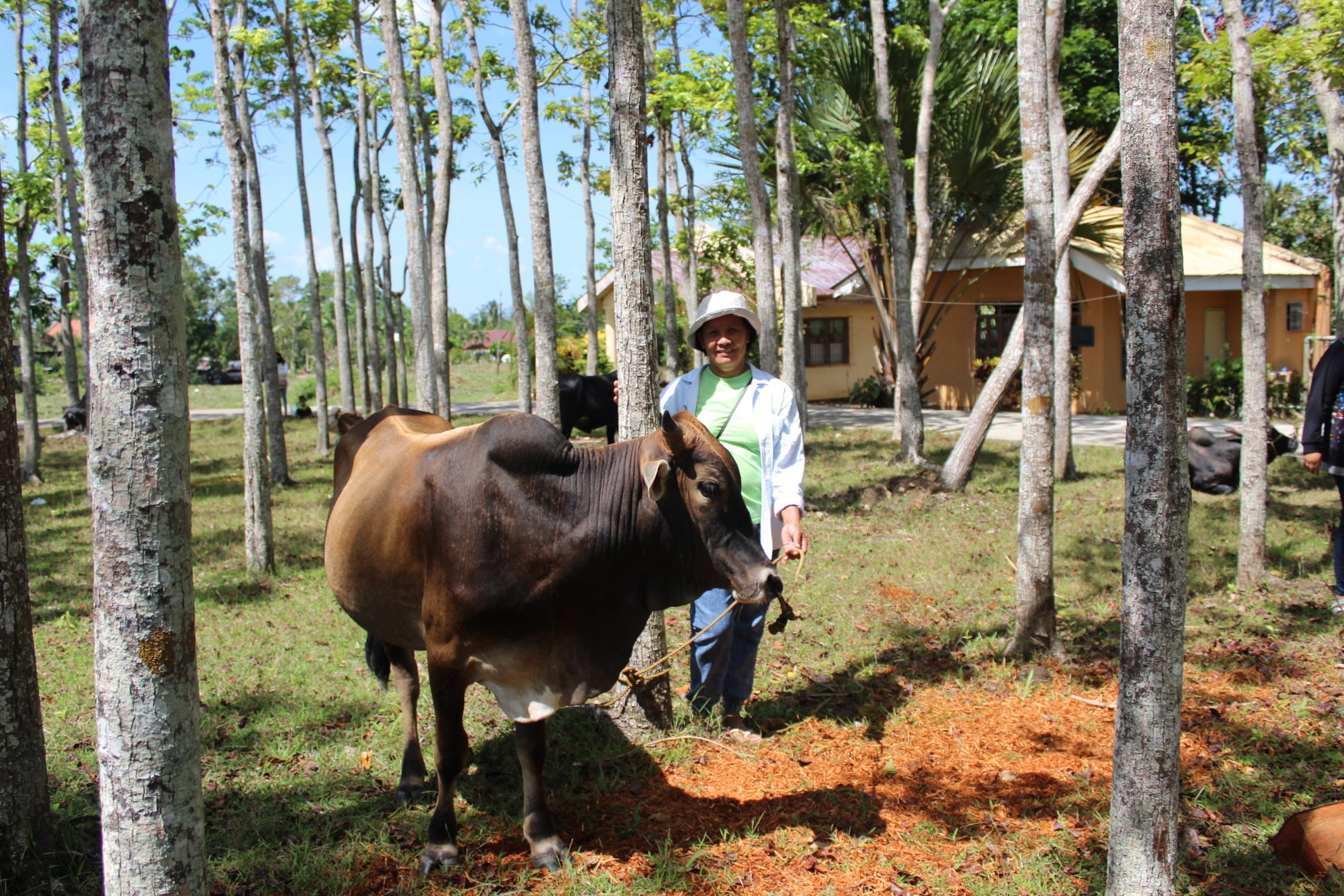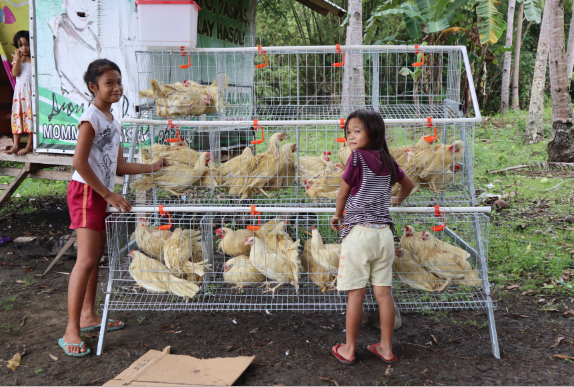DUMAGUETE CITY, Negros Oriental, May 18 (PIA) -- The Department of Science and Technology-Philippine Council for Agriculture, Aquatic, and Natural Resource Research and Development (DOST-PCAARRD) is looking for adapters of its Darag Native Chicken and Itik PINAS poultry production program in Negros Oriental.
Darag Chicken and the Itik Pinas are improved breeds of the Panay native chicken and the Philippine Mallard Ducks, respectively.
These poultry species are products of a thorough selection, breeding, and purification process conducted by the PCAARRD and none of these were genetically modified.
Dr. Synan Baguio, livestock research division chief of PCAARRD, said the agency was able to develop genetic groups or breeds of native animals that possess uniformity in appearance, predictability of production performance, and consistent product quality.
In terms of egg production, Baguio said the average egg production potential of the Darag native chicken is 120 eggs per head per year.
In comparison, the egg production potential of a mongrel chicken is still unpredictable since some can produce 50 eggs per year while some could produce somewhere between less than 50 up to 80 eggs per year.
Other noted concerns over the “mongrel” type of native chicken in terms of growth performance and meat quality is that some chickens would only weigh one kilo after five months while others could not even reach the said weight within the said period and it is less meatier.
Baguio said this would not be a problem with the Darag native chicken breed because poultry raisers are assured of quality meat and right weight as seen in their studies.
On the other hand, the Itik PINAs breed of ducks also promises high egg production potential.
Itik PINAS Project Coordinator Alfredo Ryenel Parungao said the egg production performance of the said breed of native duck is higher by 66 eggs per duck per year compared to the traditional native duck.
Both officials underscored that they are promoting its poultry production program here because they see a potential huge demand for these and their products in the province,
This could also serve as an alternative livelihood for farmers.
“We want to make use of these native resources in building enterprises. Para magamit nato sila sa pagnegosyo. Lisod kaayo na magnegosyo ta, kanang resource na atong gamiton wala tay idea ug unsa kadaghanan ang produkto ang pwede niya ihatag for a period of time (We can use them for business. It’s difficult to operate a business when we can’t predict how many products our resources can produce),” Baguio said.
“Recently, nag-observe kami dito sa Negros Oriental particularly sa Dumaguete for the demand for ducks. Malaki iyong potential iyong siguro na magkaroon ng duck farms, kasi we observed and we got information na ang mga duck egg products na pumupunta dito particularly ang balot at processed eggs ay nanggagaling pa sa Manila (We observed that in Negros Oriental, particularly in Dumaguete City, there is a big potential for ducks farms. We received information that duck egg products like balot and processed eggs are still sourced from Manila),” Parungao said.
Currently, PCAARRD has partnered with Silliman University (SU) College of Agriculture for the local promotion and propagation of the Darag Native Chicken.
SU Project Leader Dr. Michaelito Naldo said they are looking for 200 adapters of the Darag project.
“SU, being the lead agency, would provide breeder Darag native chicken to as many as 200 farmer adapters throughout the province. We have targeted 65 to 70 Darag chicken adapters per district,” Naldo said.
Those interested to avail of the said project can contact SU College of Agriculture where they will be trained on the Darag Native Chicken breeding including the production of organic feeds for the chickens.
“We will teach them on how to make this darag an enterprise in to a business. They will not only grow Darag for slaughter but they will also be able to sell themselves this breeder to the local community,” Naldo added.
In line with this, SU has already established three breeding facilities in each district, namely Ayungon town, inside the SU farm, and Zamboanguita town.
Those who are interested to raise Itik PINAS may contact DOST Negros Oriental or check the list of legitimate suppliers in their website https://pab-is.pcaarrd.dost.gov.ph/nativepoultry/ . (RAL/PIA7-Negros Oriental)






